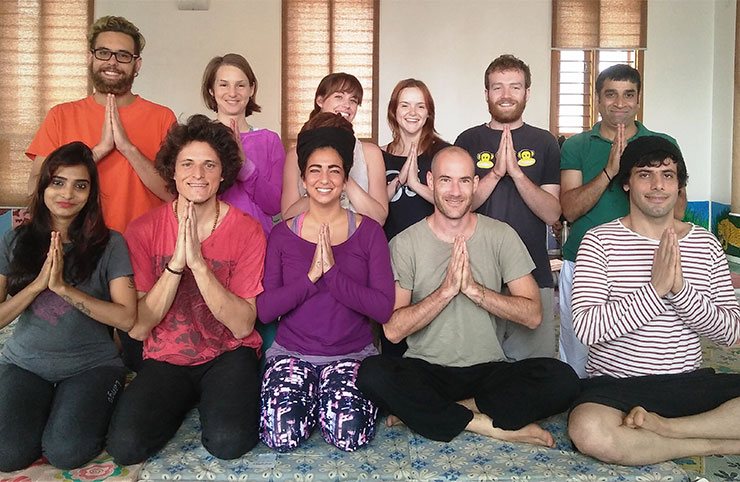Thai Massage should always follow these four basic principles
- Always start from the extremities of the body (laterally), work toward the core of the body (medially), and then back to the extremities. This motion clears stagnated energy from the sen, draining from the extremities to the navel, and back out again.
- Always start from the lowest part of the body, the feet, and move toward the top, the head. (The only exception to this rule is the front of the torso, which the practitioner drains toward the colon.) The reasons for this principle have to do with the ancient notion, shared in many Asian healing arts, that energy is purified as it moves up through the body.(You may be familiar with the Indian theory of the chakras, which are the quintessential examples of this general rule.)
- Always perform sen work first, and then joint mobilization, then stretches. This rule is important so that clients are warmed up physically and energetically by the time they are expected to stretch their limbs. If you are short on time or have a client with limited mobility, the full-body stretches should be considered optional. You should never, however, omit sen work or joint mobilization and jump directly into the stretching.
- Give a balanced massage. Steps performed on one side should by perform on the other. Remember that the entire body should be massaged even if only a short session is given in order to keep the body’s energies balanced. If you are just performing a foot massage, massage the hands, too, in order to bring balance to the body. Or, if you are giving a quick shoulder and neck rub, press a few acupressure points on the feet to even out the energy. The results of energy imbalance can leave your client feeling tired!

